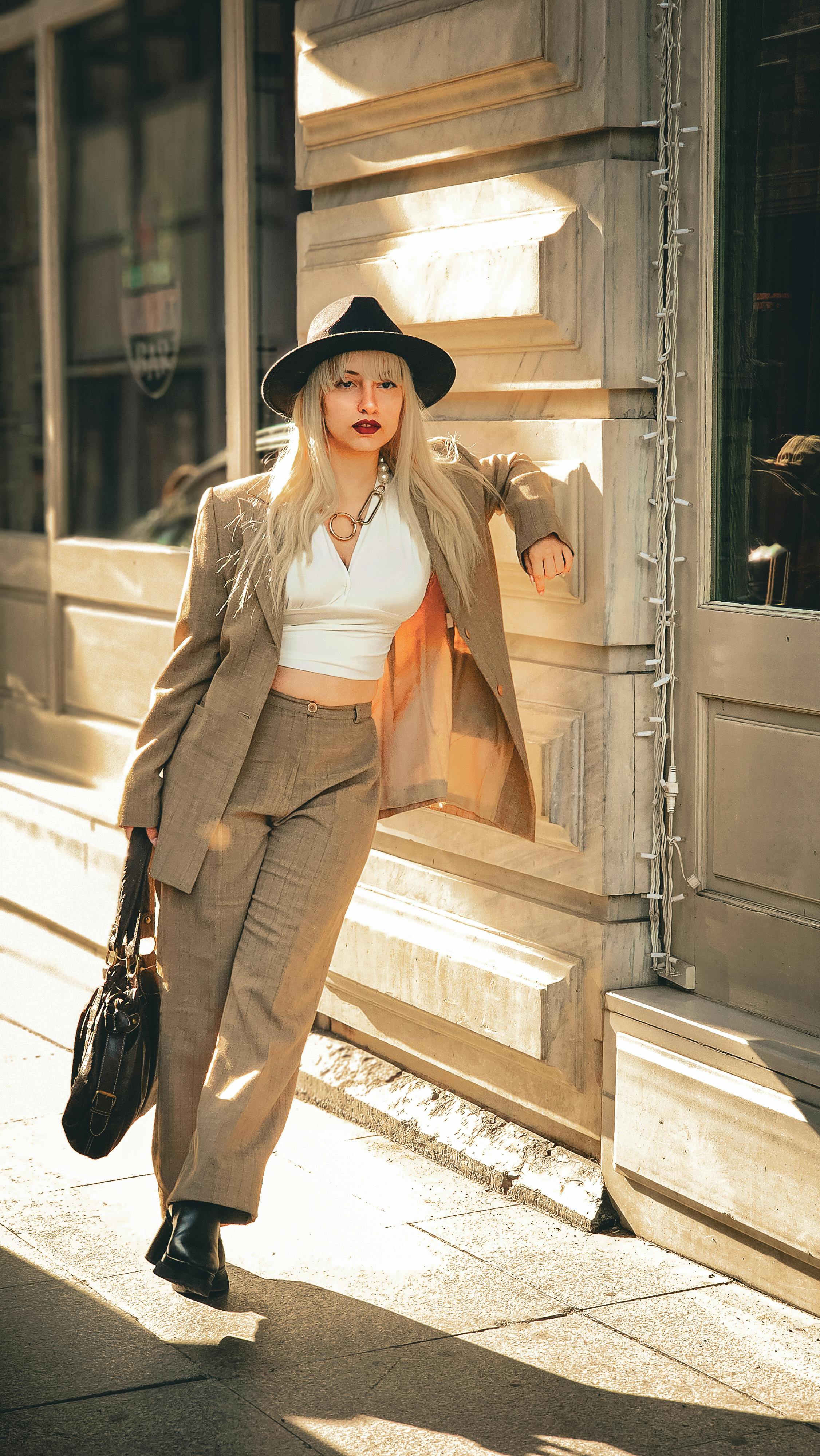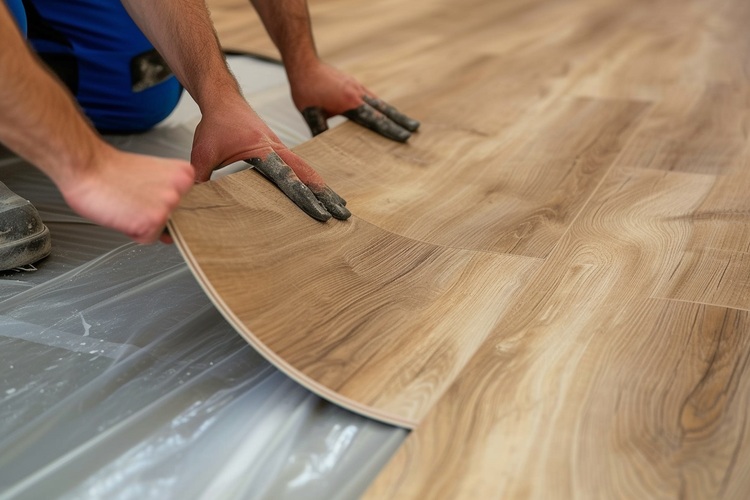Downplaying Drama: The Return of Minimalist Fashion
In a world that often feels overcomplicated and cluttered, it's no surprise that minimalism has made a triumphant return to the fashion scene. From the runways of Paris to the streets of New York, fashionistas are turning towards simplicity and functionality, favoring a less-is-more approach. But what has driven this shift, and why is minimalist fashion resonating with consumers now more than ever? Let's explore.

The Minimalist Movement: A Historical Overview
Minimalist fashion, characterized by its clean lines, neutral color palettes and simplicity, isn’t a new concept. It gained popularity in the 1990s, with designers like Jil Sander and Calvin Klein leading the way. However, the minimalist movement goes beyond just fashion. It’s rooted in the minimalist art movement of the 1960s, which championed simplicity and functionality over ostentation and excess.
After a period of maximalist fashion trends, with bold patterns, vibrant colors, and statement accessories dominating the scene, the pendulum is swinging back towards minimalism. The resurgence of this trend is a reaction to the overconsumption, fast fashion and the sensory overload of the digital age.
Current Trends in Minimalist Fashion
Today’s minimalist fashion is about more than just pared-back design and neutral colors. It’s about thoughtful design, quality fabrics, and clothes that are built to last. This shift towards sustainable, long-lasting pieces reflects a broader societal trend towards conscious consumption.
In terms of styling, the minimalist look is often achieved through monochromatic outfits, layering, and focusing on shape and form. Key pieces include tailored trousers, simple turtlenecks, and classic outerwear.
The Appeal and Influence of Minimalist Fashion
Minimalist fashion appeals to many for its emphasis on functionality, versatility, and timelessness. It allows the wearer to create a refined, consistent look without the stress of keeping up with ever-changing trends.
Moreover, it encourages mindful consumption. Instead of constantly buying new, trend-led pieces, consumers are encouraged to invest in high-quality, versatile items that can be worn season after season. This shift towards quality over quantity is not only sustainable but also economically smart.
Practical Tips for Embracing Minimalist Fashion
- Start with the basics: Invest in high-quality, timeless pieces like a white shirt, tailored trousers, and a classic trench coat.
- Stick to a neutral palette: Neutral colors like black, white, beige, and grey are the cornerstone of minimalist fashion.
- Focus on fit: Well-fitted clothes make a significant difference. Choose pieces that flatter your body shape.
- Quality over quantity: Choose well-made items that will stand the test of time, both in terms of style and durability.
- Minimal accessories: Keep your accessories simple and functional. A classic watch, a leather bag, or a pair of stud earrings can complete your minimalist look.
In conclusion, the return of minimalist fashion reflects a broader shift towards simplicity, functionality, and sustainability. It’s a reaction to the fast-paced, overconsumed world we live in and a nod to the timeless appeal of simplicity. Whether it’s a classic white shirt, a pair of well-fitted trousers, or a simple black dress, minimalist fashion proves that sometimes, less truly can be more.




